 Business Transformation
Business Transformation
 Business Transformation
Business Transformation
 Business Transformation
Business Transformation
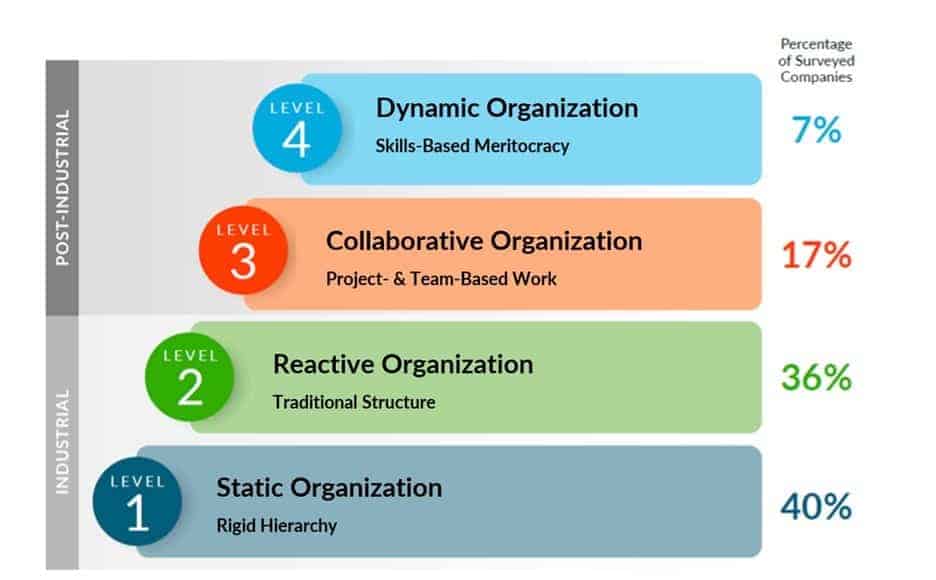 Business Transformation
Business Transformation
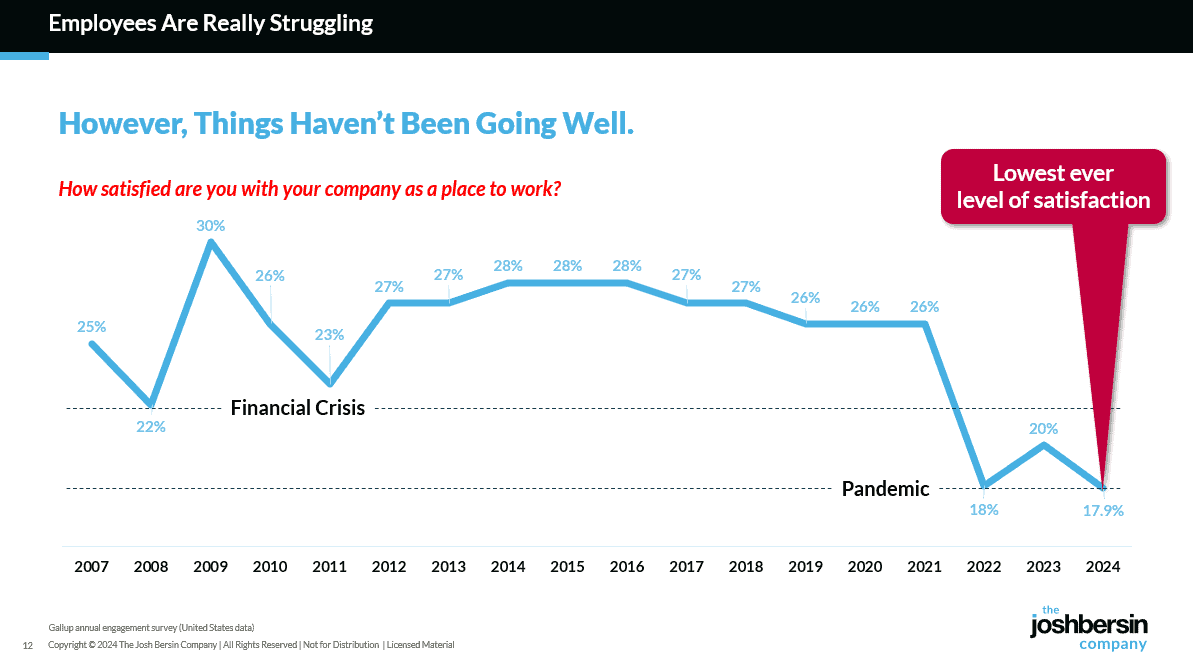 Business Transformation
Business Transformation
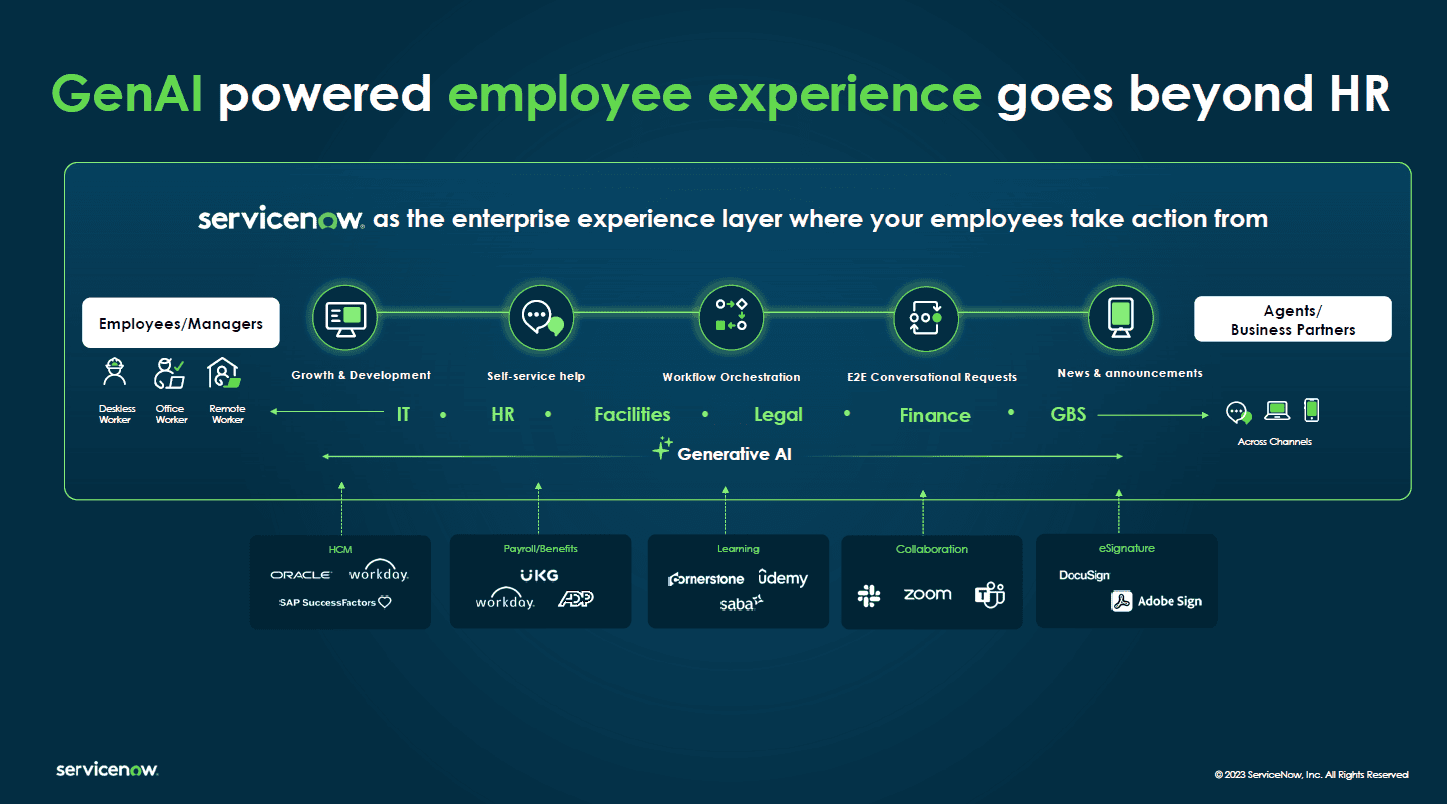 Business Transformation
Business Transformation
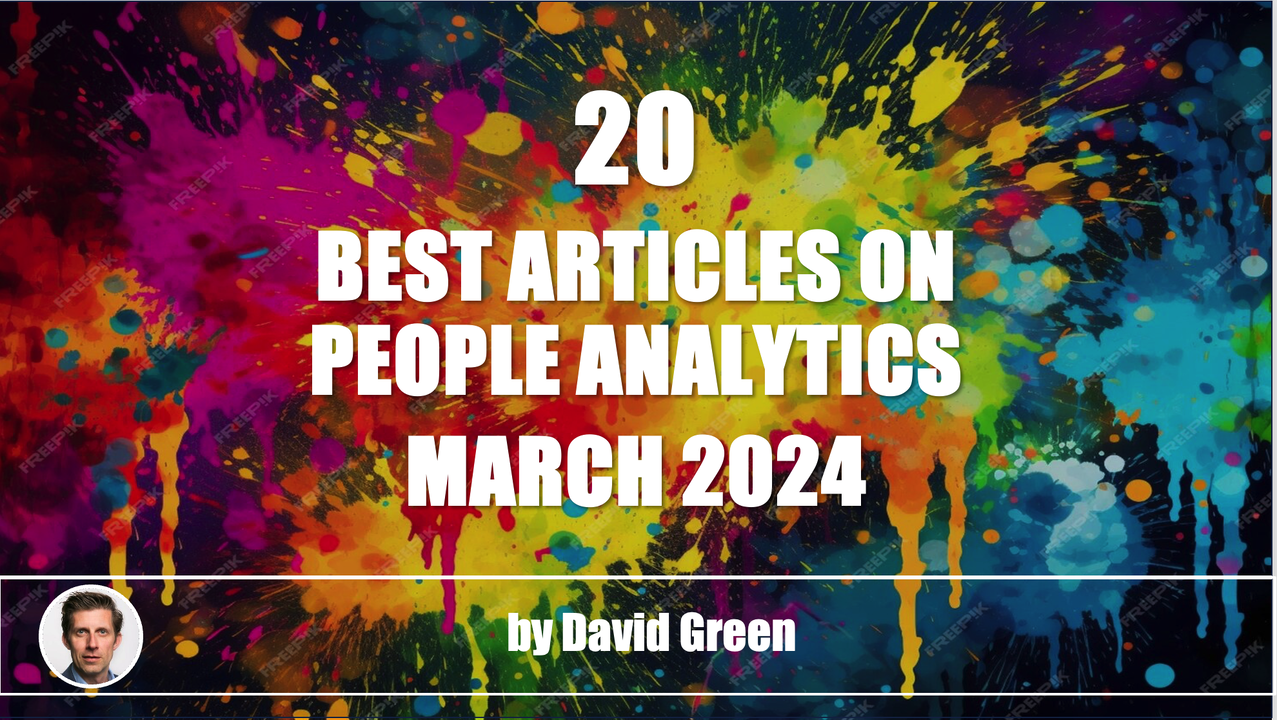 Business Transformation
Business Transformation
 Business Transformation
Business Transformation
 Business Transformation
Business Transformation
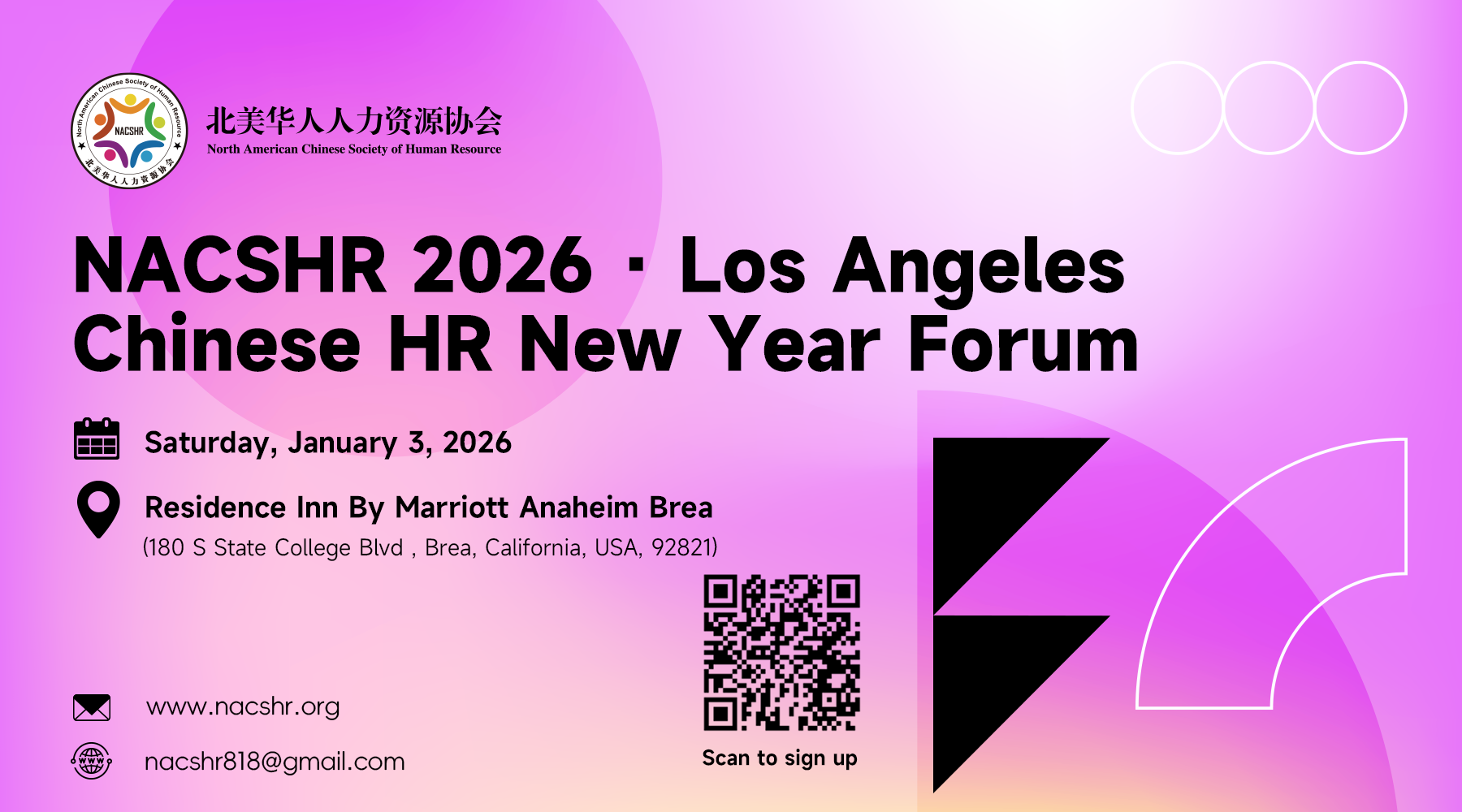
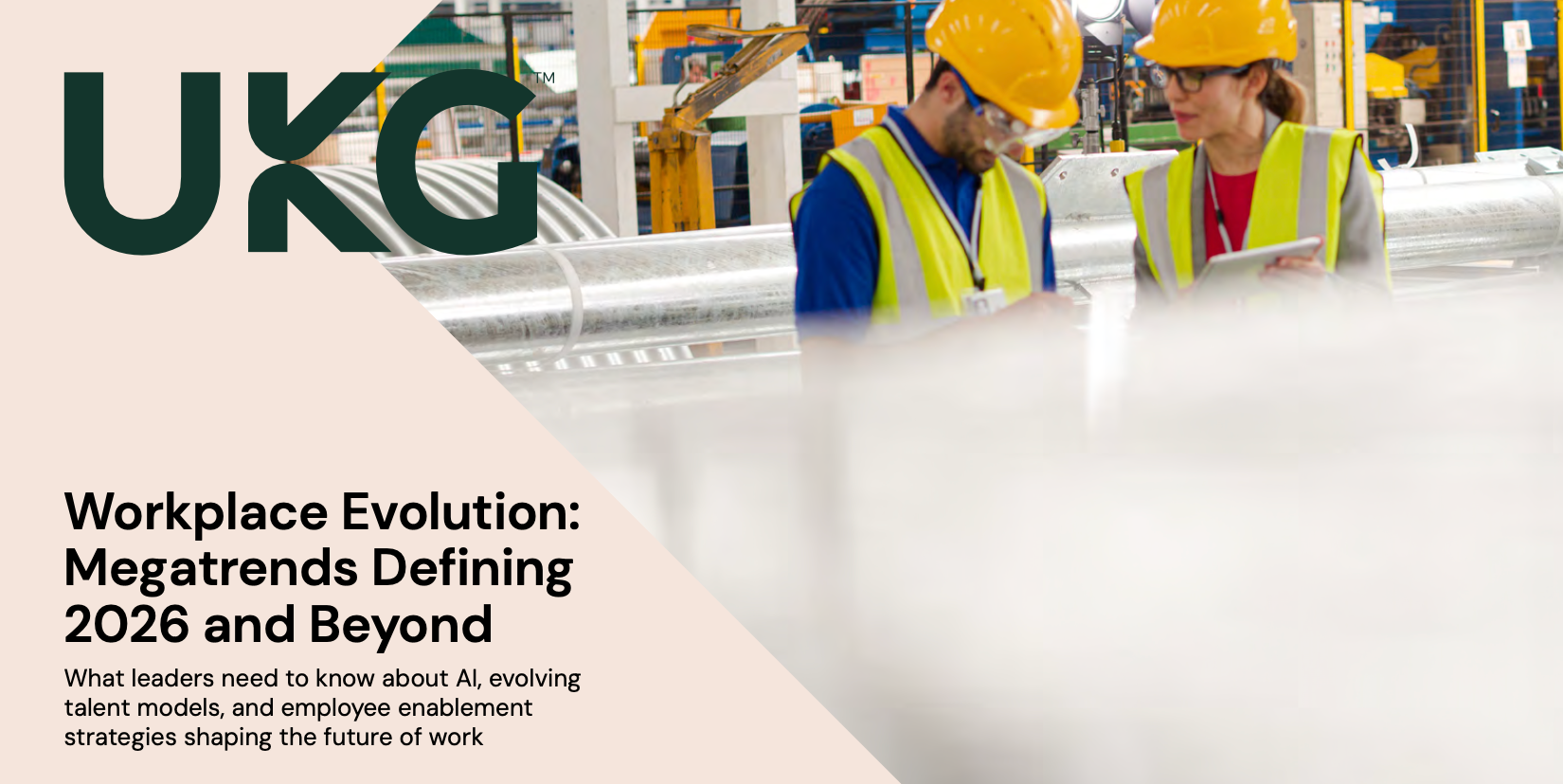

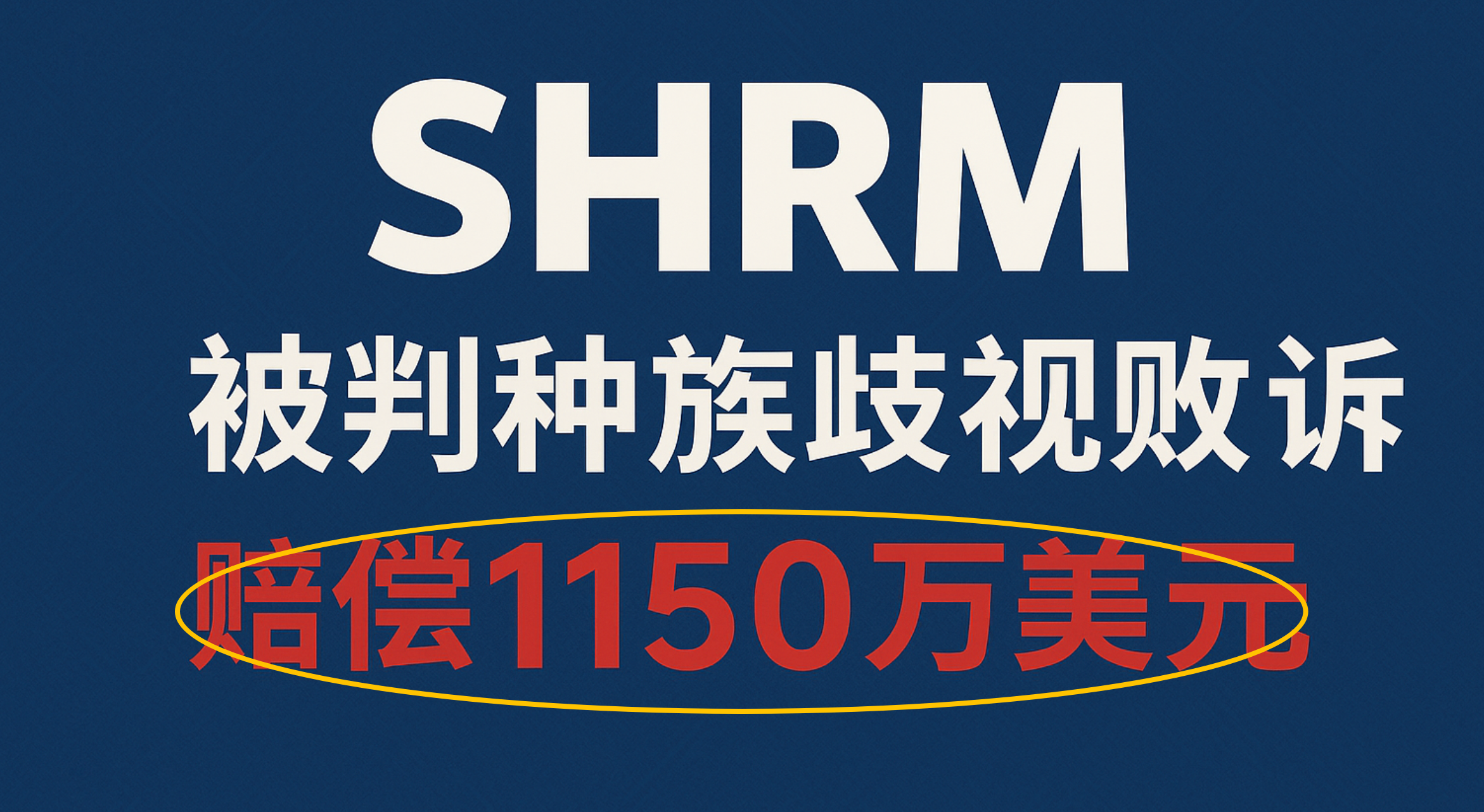

 扫一扫
添加客服
扫一扫
添加客服




